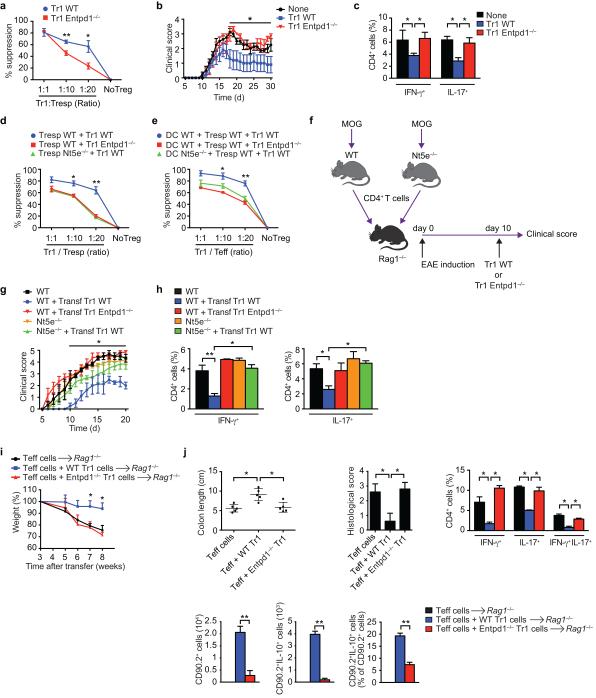Figure 2. CD39 contributes to the suppressive function of Tr1 cells.
(a) Proliferation of responder CD4+ T cells (Tresp) stimulated in the presence of WT or Entpd1−/− Tr1 cells. The suppression of proliferation is shown relative to the control group. (b) IL-10:GFP+ Tr1 cells from WT or Entpd1−/− mice were transfered i.v. 10 days after EAE induction. The course of EAE is shown as the mean EAE score ± SEM (n = 5 mice per group). Effect of Tr1 genotype on disease course P<0.05 by two-way ANOVA. (c) Frequency of CD4+ splenic IFN-γ+, IL-17+ 21 days after EAE induction. (d) Proliferation of WT or CD73-deficient Tresp stimulated in the presence of WT or Entpd1−/− Tr1 cells. (e) Proliferation of WT or CD73-deficient Tresp stimulated in the presence of WT or Nt5e−/− DCs and WT or Entpd1−/− Tr1 cells. (f-h) WT or Nt5e−/− mice were immunized with MOG35–55 and draining lymph nodes and spleens were collected 7 d after immunization, cultured for 48 h with MOG. CD4+ cells were then transferred intravenously into Rag1-deficient mice. Recipient mice were immunized with MOG35–55 and on day 10, Tr1 cells from WT or Entpd1−/− mice were administered i.v. into recipient mice. (g) The course of EAE is shown as the mean EAE score ± SEM (n = 5 mice per group). (h) Frequency of CD4+ splenic IFN-γ+, IL-17+ 21 days after EAE induction. (i) Body weight of Rag1−/− mice transferred with WT CD90.1+CD4+CD25–CD45RBhi T cells alone or in combination with WT or CD39-deficient CD90.2+IL-10:GFP+ Tr1 cells. (j) Colon length, pathological scores and flow cytometry analysis of CD90.1+ IL-17 and IFN-γ producing cells and of CD90.2+ CD4+ T and IL-10+ CD90.2+ cells isolated from the lamina propria (LP) 8 weeks after colitis induction. Data are the mean ± SEM (a-h) of three independent experiments. *P<0.05; **P < 0.01.

